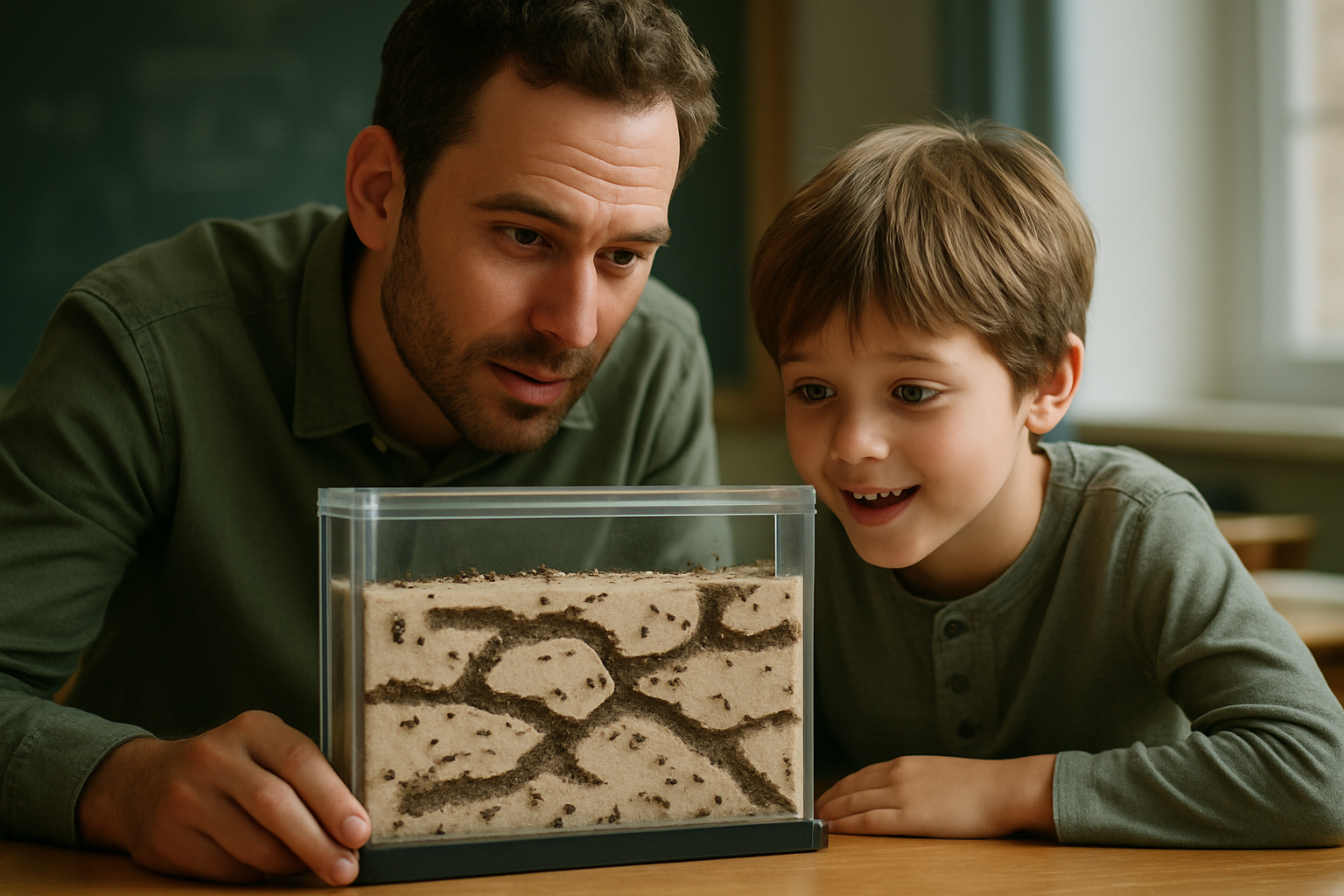Decision-Making Patterns: Recognize How You Approach Problems
A personality test can reveal consistent decision-making patterns by highlighting traits and behavior. Insights into temperament, communication, motivation, and work styles help improve self-awareness and inform how you learn, handle stress, and fit into teams and careers.

How you approach problems is often more predictable than it seems. Patterns emerge from repeated choices, habitual reactions, and the ways you weigh options under different pressures. Observing these patterns—how quickly you decide, whether you consult others, and what you prioritize—builds practical self-awareness. Using a personality-informed lens lets you map strengths and blind spots related to decision making, communication, teamwork, and long-term career fit.
What traits shape decision making?
Personality traits such as openness, conscientiousness, extraversion, agreeableness, and emotional stability influence how you evaluate options. For example, people high in conscientiousness tend to prefer structure, checklists, and methodical analysis, while those high in openness may explore novel alternatives and tolerate ambiguity. Risk tolerance and patience are also trait-based: risk-averse individuals favor contingency plans and slower decisions, whereas risk-tolerant individuals may act quickly and embrace uncertainty. Recognizing which traits dominate your profile helps you predict typical choices and adjust when a different approach is needed.
How do behavior and temperament influence choices?
Behavioral tendencies and temperament—your baseline energy, reactivity, and emotional tempo—affect problem response. A calm, steady temperament supports reflective, deliberate decision making, while a highly reactive temperament can lead to rapid, emotionally driven actions. Behavioral patterns such as preferring solitary analysis versus group discussion determine whether you seek external input or internal validation. Tracking how stress, fatigue, or excitement alters your usual behavior helps you put safeguards in place when situations demand your best judgment.
How do profiles and self-awareness affect problem solving?
Personality profiles synthesize traits and behavior into recognizable patterns that increase self-awareness. A profile might show strengths in analytical thinking but lower preference for social interaction; that knowledge suggests pairing with collaborators who complement your style. Self-awareness includes noticing when your decision making shifts under pressure and choosing compensating strategies—like slowing the process, consulting a trusted colleague, or using a checklist—to reduce bias. Continual reflection on your profile improves consistency and decision quality over time.
How do communication and teamwork change outcomes?
Communication style and teamwork dynamics frame many decisions. Direct communicators speed consensus by clearly stating preferences, while reflective communicators add depth by asking clarifying questions. Teams that establish explicit decision protocols, roles, and feedback loops reduce confusion and mitigate individual blind spots. Understanding your communication tendencies helps you adapt messages for peers, foster constructive dialogue during disagreements, and align group decisions with shared objectives. Good teamwork turns diverse decision patterns into complementary strengths rather than conflict sources.
How do motivation, work styles, and career fit interact?
Motivation—whether driven by intrinsic curiosity, mastery, or external rewards—shapes which options you pursue and which trade-offs you accept. Work styles, including preference for routine versus variety and autonomy versus oversight, influence how satisfying certain decisions feel and how sustainable your choices are. Career fit improves when your decision-making patterns match role requirements: positions requiring rapid, high-stakes choices suit those comfortable with uncertainty, while detail-oriented roles match methodical decision makers. Aligning motivation and work style with role expectations supports long-term performance and satisfaction.
How do learning and stress management affect decisions?
Learning preferences and stress management practices shape how you gather information and maintain clarity under pressure. Visual or hands-on learners may favor scenarios and prototypes, while reflective learners prioritize reports and structured analysis. Under stress, many people default to heuristics or become indecisive; having stress management techniques—brief pauses, breathing exercises, predefined decision checklists, or timeboxing—helps preserve clarity. Building intentional learning routines and stress responses ensures that your decision making remains resilient across varying conditions.
Recognizing your decision-making patterns means combining trait awareness with careful observation of behavior, temperament, and situational responses. Using personality-informed insights supports clearer communication, better teamwork, and more deliberate career alignment. By mapping tendencies and creating compensating strategies for predictable weaknesses, you can approach problems with increased consistency, adaptability, and confidence.




